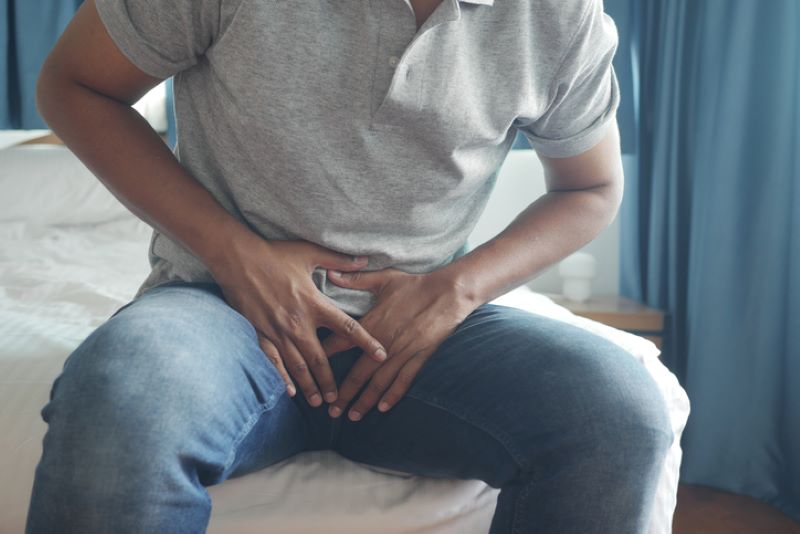
Predictors of Hinge Effect in People With Peyronie’s Disease and Their Preoperative Significance

Peyronie’s disease (PD) is a sexual dysfunction in which scar tissue or plaques develop under the skin of the penis, causing it to bend or become misshapen during erections. Treatment options vary depending on the severity of symptoms. Surgery is often recommended for severe cases, but it may not fully restore the penis to its pre-disease state.
The presence of a “hinge effect” is an important consideration when it comes to treatment decisions for PD. A hinge effect is when the penis buckles or folds like a hinge during an erection, causing discomfort and instability during sexual activity. Since there is currently no standard treatment protocol for hinge effect in PD patients, it is important for the patient to share in the decision-making process with their health care provider.
In a recent study, researchers looked at patients with PD from 2016 to 2021. They examined the patients’ medical records for details like age, health issues, physical exam results, and nonsurgical treatments. Patients who had only had virtual visits or had had surgery for PD before coming in were excluded from this study. The main outcome the researchers looked at was the presence of hinge effect, and the secondary outcome was whether or not the patients needed surgery.
The medical records of 1,223 individuals with PD were examined for this study. The average age of the participants was 55.4 years. Patients had had PD symptoms for an average of 33.2 months, with 53% seeking help after a year.
About 75% of the individuals could still have penetrative sex, but with difficulty due to penile deformity. Overall, 403 (33%) of the participants had PD with a hinge effect. In total, 422 (34.5%) of the patients underwent surgery for their PD, of whom 200 (47.4%) also had erectile dysfunction.
The researchers found that hinge effect was linked to factors like penile girth discrepancy at the point of indentation, erection rigidity, and curvature degree severity.
While penile curvature is often discussed in PD-related studies, little research has explored loss of penile girth and its impact. In this study, girth changes were common, and they were associated with the development of the hinge effect, which can disrupt sexual activity. This study also highlighted the importance of assessing erectile rigidity before surgery since surgical choices depend on the presence (or absence) of hinge effect and one’s erectile functioning.
Nevertheless, the study had limitations, including its retrospective nature and potential observer bias. Future research should involve more treatment centers and objective measurements of the hinge effect. Still, these findings stress the importance of considering various deformities in PD management as they can impact what will be the most effective treatment.
References:
- Roadman, D., Wang, V., Langbo, W., Paddock, D., & Levine, L. (2023). Predictors of hinge effect in patients with Peyronie’s disease. The Journal of Sexual Medicine, 20(9), 1222-1227. https://doi.org/10.1093/jsxmed/qdad087


